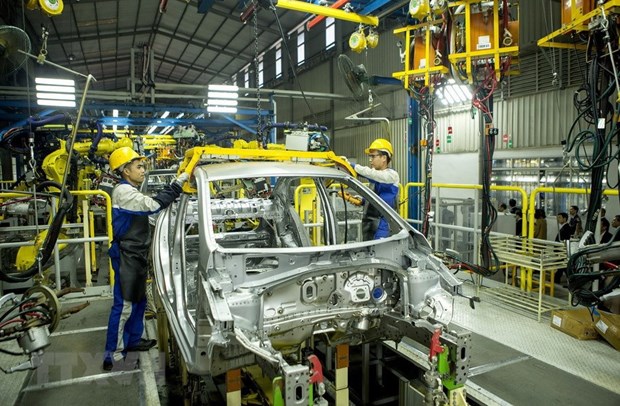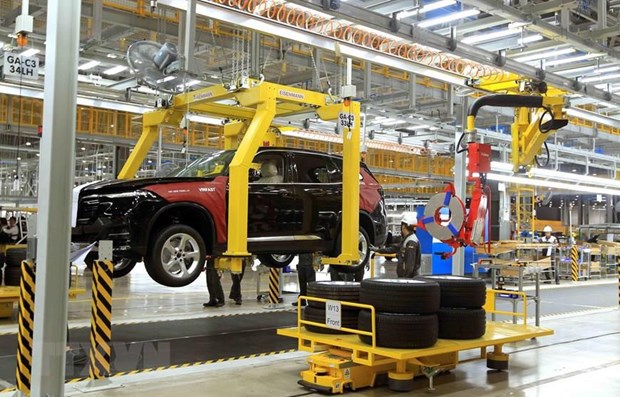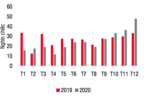 |
|
Automobile assembly at Huyndai Thanh Cong factory (Photo: VNA) |
Experts, however, have said that the production capacity of the existing supporting industry remains poor, especially in terms of capital, technology, and experience. Production and the business environment also lack breakthrough policies.
According to the Vietnam Association of Supporting Industries (VASI), there are more than 350 enterprises in the automobile supporting industry around the country, of which some 80 percent are foreign-invested. Most of the domestic players are of small scale and have difficulties accessing capital to invest in technology, while links between them remain poor.
Luong Duc Toan, deputy head of the Division of Processing and Manufacturing under the Ministry of Industry and Trade’s Industry Department, said Vietnam’s automobile industry exhibits many limitations because domestic market demand is still modest, raising production costs compared to elsewhere in the region.
 |
|
Using robots to assemble automobile (Photo: VNA) |
Figures from the Vietnam Automobile Manufacturers’ Association (VAMA) show that sales surpassed 296,630 units in 2020, down from the 2019 figure of more than 400,000.
The Ministry of Planning and Investment is developing a project anticipating and taking advantage of opportunities brought about by shifts in post-pandemic investment flows, to develop the supporting industry and eco-system for the auto industry, which will be submitted to the Government.
The project envisions that by 2025, Vietnamese enterprises are to be capable of producing highly-competitive supporting industry products, meeting 45 percent of essential needs for domestic production and consumption, with the figure to increase to 70 percent by 2030.
There will be around 1,000 businesses by 2025 and 2,000 by 2030 capable of serving auto assembly activities in Vietnam, of which domestic firms will account for 30 percent./.VNA

Vietnam automobile industry on recovery path despite Covid-19
Vietnam’s rising income per capita would soon move cars from a luxury product with a passenger vehicle density of 34 per 1,000 to a more ordinary one with a density level comparable to countries in the region.